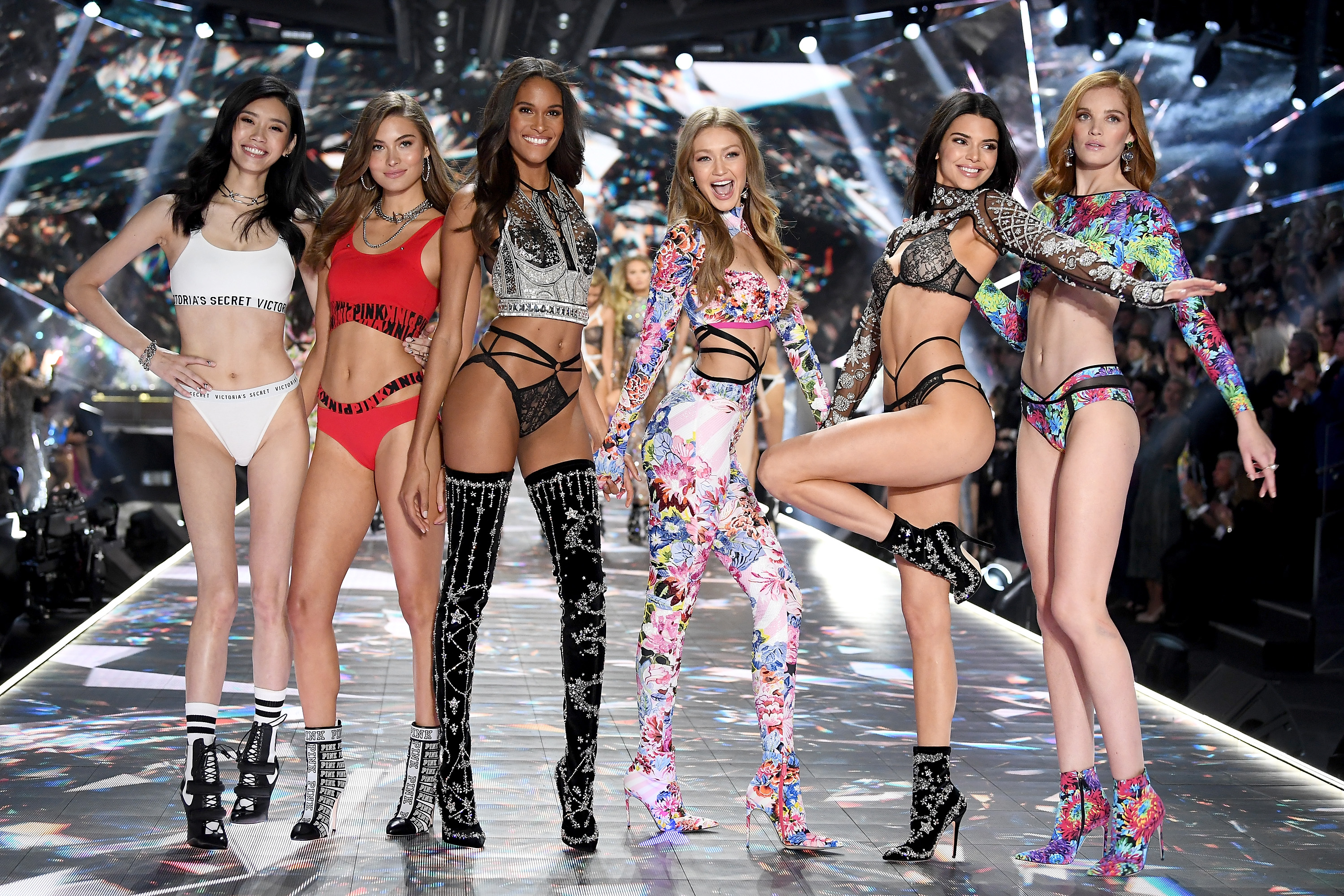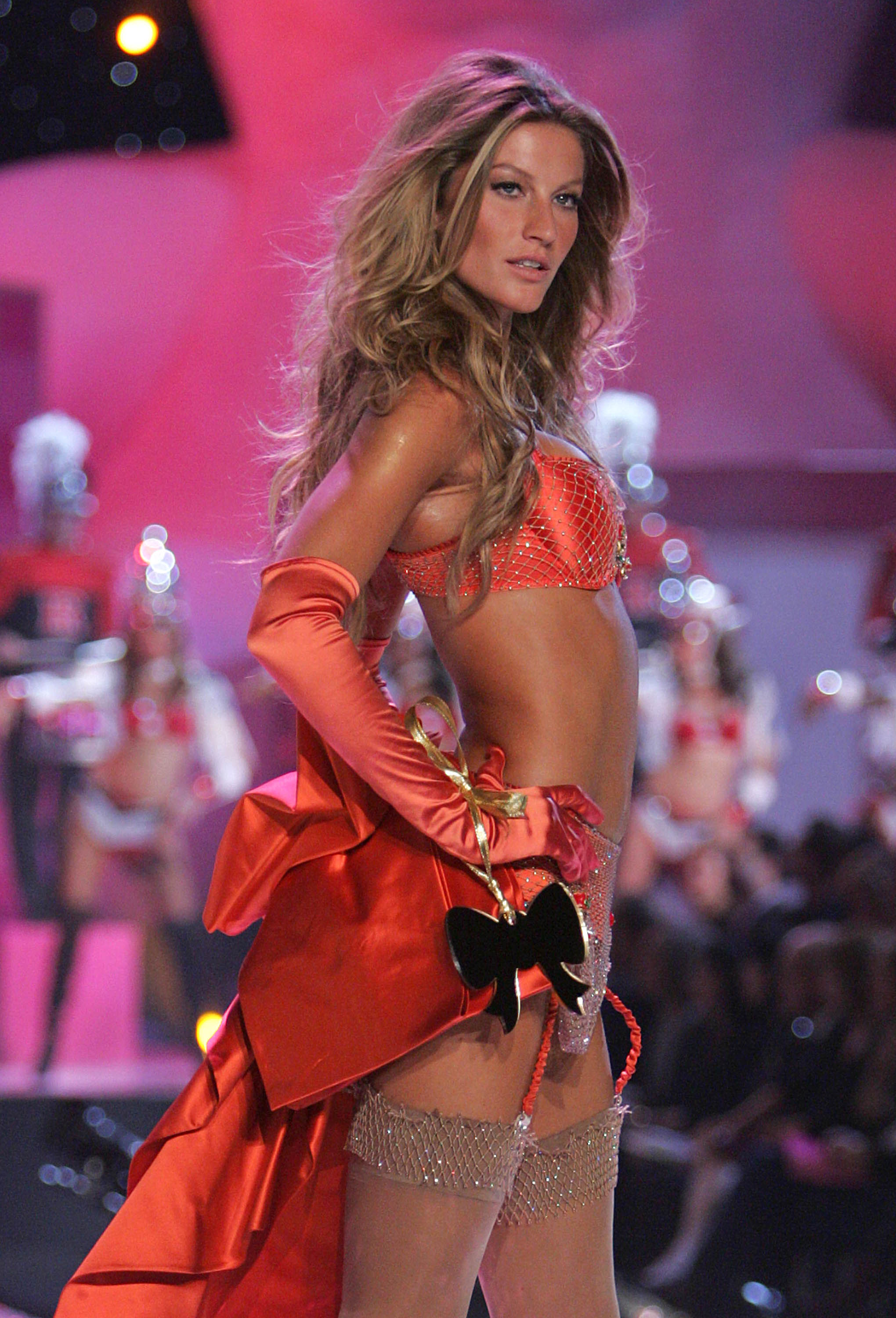News feed

In the mid-2010s, the Victoria’s Secret Fashion Show was one of the most anticipated events of the fashion calendar. With many of the world’s top supermodels having walked the lingerie extravaganza during their careers, including Gisele Bündchen, Tyra Banks, Naomi Cambell, Heidi Klum and Cara Delevingne, as well as more recent models of the moment, such as Kendall Jenner, Bella Hadid and Gigi Hadid, the event became the Super Bowl of modelling.
With the addition of musical performances from A-list stars like The Weeknd, Ariana Grande and Taylor Swift and clever marketing that convinced the masses that watching a group of women who reinforced society’s strict beauty standards wasn’t about catering to the male gaze but, rather, something empowering, Victoria’s Secret was watched by millions around the world annually.

That all came crumbling down when, following the body positivity movement and the launch of Rihanna’s diverse and inclusive Savage x Fenty lingerie show, people began to question why Victoria’s Secret didn’t feature a more diverse cast, including plus-size, trans and non-binary models. The nail in the coffin came when Edward Razek – the former chief marketing officer – said there were no plans to do so in an interview with Vogue, prompting a boycott and for the 2018 event to receive its worst ratings in history.
After cancelling its 2019 production at the last minute following the backlash (and, later, an explosive documentary), Victoria’s Secret went quiet, taking time to regroup, rehire and strategise. The result was the announcement in 2021 of its VS Collective, featuring plus-size model Paloma Elsesser, LGBTQ+ activist Valentina Sampaio, US soccer star Megan Rapinoe and actress Priyanka Chopra as faces, among others, including those who would have made the cut the first time around, such as Hailey Bieber and Bella Hadid.
Now, in a plot twist no one saw coming, the company has announced plans to restart its fashion show. During its 2022 earnings call, Victoria’s Secret’s CFO, Timothy Johnson, said, “We’re going to continue to lean into the marketing spend to invest in the business… and also to support the new version of our fashion show, which is to come later this year.”
In a follow-up statement to The Hollywood Reporter, a spokesperson emphasised that the show will “reinforce our commitment to championing women’s voices and their unique perspectives.” A clip was then released, featuring Elsesser, Hadid, Ashley Graham and a slew of other models backdropped by hot pink.
The Victoria's Secret fashion show is coming back THIS year! pic.twitter.com/viL9k7am9r
— linda (@itgirlenergy) March 5, 2023
So far the response online has been mixed with many pointing to the brand copying Rihanna and others dubious that the changes Victoria’s Secret has made are ones that will translate on the runway. “This is a win for inclusivity for inclusivity’s sake But if brands start doing this only because they’ve received backlash then what happens when the ‘trends’ change again?,” wrote Lizzo on Twitter. “Do the CEOs of these companies value true inclusivity? Or do they just value money?”
This is a win for inclusivity for inclusivity’s sake
But if brands start doing this only because they’ve received backlash then what happens when the ‘trends’ change again?
Do the CEOs of these companies value true inclusivity? Or do they just value money? https://t.co/ykmcUTLayQ
— FOLLOW @YITTY (@lizzo) March 5, 2023
I guess we’ll find out come the — never thought I’d say it: 2023 Victoria’s Secret Fashion Show.









